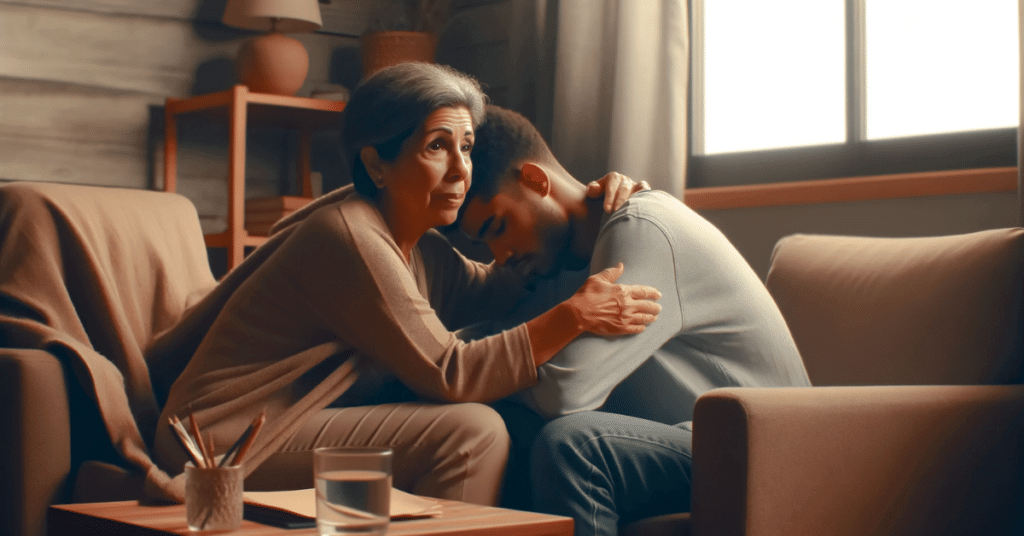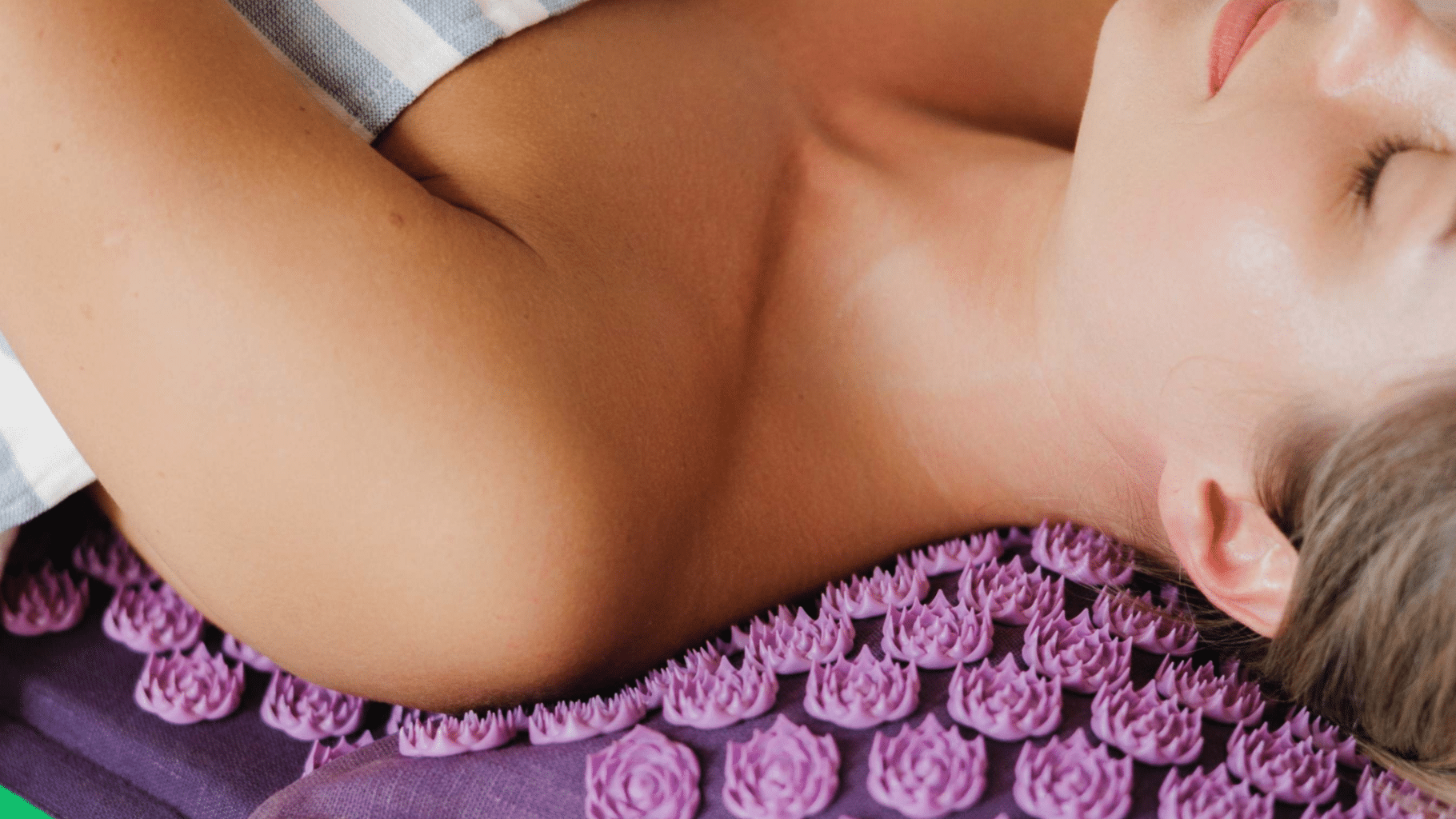Let’s discuss something timeless and timely – the humble hug, specifically the 20-second variety. Did you know this brief embrace packs a punch way above its weight class regarding health and happiness?
That’s right, just 20 seconds of hugging 12 can unleash a whole host of benefits, from melting away stress to fostering deep connections. Join us to uncover the wonders of the 20-second hug and how it can transform our lives. Ready for a warm embrace?
What are the benefits of a 20-second hug?
A 20-second hug can significantly enhance emotional bonding and reduce stress. It triggers the release of oxytocin, known as the “love hormone,” which promotes feelings of trust and bonding. Additionally, this practice can lower blood pressure, decrease cortisol (stress hormone) levels, and improve mood and anxiety.
Benefits of 20-Second Hugs
- Enhances Emotional Bonding by releasing oxytocin, fostering connection and trust.
- Reduces Stress by lowering cortisol levels, promoting relaxation.
- Improves Mood through the natural release of oxytocin and serotonin, combating feelings of depression and anxiety.
- Lowers Blood Pressure by stimulating the touch receptors in the skin, which can decrease heart rate.
- Boosts Immune System by reducing stress and promoting overall well-being, potentially decreasing susceptibility to illness.
- Increases Happiness by elevating serotonin levels, enhancing a sense of joy and contentment.
- Strengthens Relationships by reinforcing emotional and physical connections between people.
Understanding the 20-Second Hug Phenomenon
Why is a 20-second hug the key to unlocking a treasure trove of benefits? It’s all about timing and chemistry. When we hug for 20 seconds, our bodies release a cocktail of feel-good hormones, chief among them oxytocin, the famed ‘cuddle hormone’. This hormone is a stress reliever, a mood-lifter, and a heart warmer all rolled into one. But there’s more to the story.
During these precious seconds, our bodies also experience a reduction in the stress hormone cortisol, which in turn helps lower blood pressure and promote heart health. The science behind this is backed by numerous studies showing that a 20-second hug can significantly improve overall well-being. It’s not just about physical closeness; it’s about the chemical changes within us, making us feel more connected, calmer, and happier.
Emotional and Psychological Benefits of Hugging
Delving deeper into the emotional realm, the 20-second hug emerges as a mental health and emotional well-being champion. This humble gesture is a silent yet powerful communicator, conveying support, empathy, and love without uttering a single word. In psychological health, hugs act as a balm, soothing anxious minds and lifting spirits.
The release of oxytocin during a hug reduces stress and promotes feelings of trust and security, fostering strong, healthy relationships. Experts in psychology endorse hugging as a non-verbal communication that can strengthen bonds and aid in emotional healing. It’s a simple act that can break down walls and build bridges, bringing people closer to a world that often feels disconnected.
| Benefit Type | Description |
|---|---|
| Physical Health | Lowers blood pressure, reduces stress hormone cortisol, promotes heart health |
| Mental Health | Reduces stress, elevates mood, enhances sense of calm and safety |
| Emotional Bonding | Strengthens relationships, fosters trust, and supports emotional well-being |
| Psychological | Encourages feelings of trust and security, aids in emotional healing |
| Social Connection | Promotes feelings of belonging, comfort in times of sorrow, joy in moments of happiness |
The power of a hug can transcend barriers, offering comfort in times of sorrow, joy in moments of happiness, and a sense of belonging in a world that sometimes feels isolating. It’s a reminder that, in daily life, a hug can be a powerful tool in maintaining our emotional and mental well-being.
Hugging Across Cultures: A Global Perspective
The act of hugging is as diverse as the world itself. Across continents and cultures, the way people embrace can tell us a lot about their social norms and values. In some cultures, hugging is a common greeting, expressing friendship and warmth openly. In others, a hug is reserved for close family and intimate relationships, reflecting a more private approach to affection.
This fascinating variety in hugging customs offers a window into how humans express care and connection. Some societies view hugging as essential to daily interactions, while others may see it as inappropriate in public settings. Understanding these cultural differences is key to appreciating the complexity of human interactions and the diverse ways affection is expressed around the globe.
| Culture | Hugging Practice | Social Context |
|---|---|---|
| Western Societies | Common as a greeting among friends | Open expression of friendship and warmth |
| Eastern Cultures | Reserved for close family and loved ones | Reflects a private approach to affection |
| Latin America | Integral part of daily interactions | Signifies warmth and open-heartedness |
| Middle East | Less common in public settings | Reflects cultural norms around personal space |
| Scandinavian | More reserved, used in intimate settings | Reflects societal emphasis on personal space |
As we explore hugging practices in different cultures, we learn more about the universal need for connection and the myriad ways it can manifest. This path not only broadens our understanding but also deepens our appreciation for the rich tapestry of human expression.
The Role of Hugging in Relationships and Therapeutic Settings
In the tapestry of human relationships, hugs hold a special place. They are the unsung heroes in our daily interactions, capable of conveying many emotions without a word. In family dynamics, a hug can be a symbol of unconditional love and support. Between friends, it’s a gesture of solidarity and understanding. In romantic relationships, it’s a silent language of intimacy and trust.
However, the impact of hugging extends beyond personal relationships into the realm of therapy and caregiving. Mental health professionals and caregivers often employ hugs for healing and connection. It’s a way to create a safe space to offer comfort and reassurance.

Therapeutic hugging, when done with consent and respect for boundaries, can be a powerful method of helping individuals feel valued, heard, and cared for. It reminds us that sometimes, the simplest acts can have the most profound impact on our well-being.
Adapting to Change: Hugging in the Era of Social Distancing
The recent global shift towards social distancing has posed a unique challenge: how do we maintain the emotional connection that hugging provides when we’re physically apart? It’s like trying to stay warm without a blanket. However, human ingenuity knows no bounds. People have come up with heartwarming and innovative ways to keep the essence of hugging alive.
From virtual hugs sent through screens to hug curtains, the spirit of embracing has adapted to these changing times. These creative solutions help maintain bonds and highlight the importance of touch in our lives. They serve as a poignant reminder that even in physical separation, we can find ways to express our need for connection.
Personal Thoughts
Incorporating the 20-second hug into my stress management routine revealed surprising benefits. This simple yet profound action consistently helped lower my stress levels, offering a straightforward method to foster relaxation amidst my demanding lifestyle.
My experience underscores the power of physical touch as a tool for emotional and psychological wellness. Embracing the 20-second hug has become essential to my daily regimen, providing comfort and a scientifically supported strategy to combat stress effectively.
Frequently Asked Questions
What Is the Science Behind the 20-Second Hug?
The 20-second hug is more than just a warm embrace; it’s a science-backed phenomenon. During this duration, our bodies release oxytocin, the “cuddle hormone,” crucial in reducing stress and promoting happiness and trust. This time frame is also long enough to decrease cortisol, the stress hormone, thus contributing to lower blood pressure and improved heart health.
How Does a 20-Second Hug Benefit Mental Health?
Hugging for 20 seconds can have a profound impact on mental health. This duration allows for a significant release of oxytocin, which reduces stress, helps elevate mood, and creates a sense of calm and safety. The physical connection established during a hug can reinforce feelings of support and understanding, which are essential for emotional well-being.
Are There Cultural Differences in How People Perceive Hugging?
Absolutely! Hugging varies significantly across cultures. In some societies, hugging is a common greeting used liberally among friends and family. In contrast, other cultures reserve hugs for intimate relationships or special occasions, emphasizing a more private expression of affection. These cultural nuances in hugging practices reflect the diversity in social norms and values regarding personal space and physical touch.
Can Hugging Be Used Therapeutically?
Yes, hugging can be a valuable tool in therapy and caregiving. Therapeutic hugging, when done with consent and respect for individual boundaries, can provide comfort, reduce anxiety, and foster a sense of security and trust. It can be especially beneficial when verbal communication is limited or challenging, allowing caregivers and therapists to convey physical support and empathy.
How Has Hugging Adapted in the Era of Social Distancing?
In the era of social distancing, people have found creative ways to adapt the act of hugging to maintain emotional connections while respecting physical boundaries. Virtual hugs, using technology to convey the sentiment, and barriers like hug curtains have become popular. These adaptations help keep the essence of hugging alive and highlight the human need for physical touch and connection.




